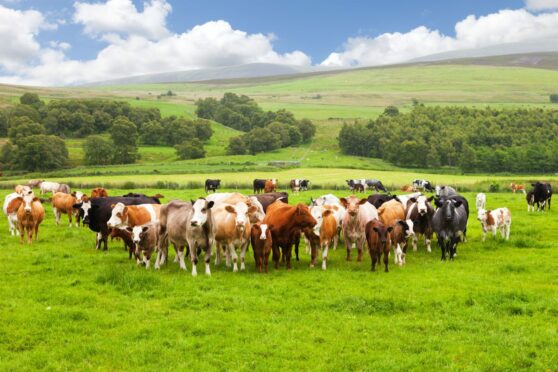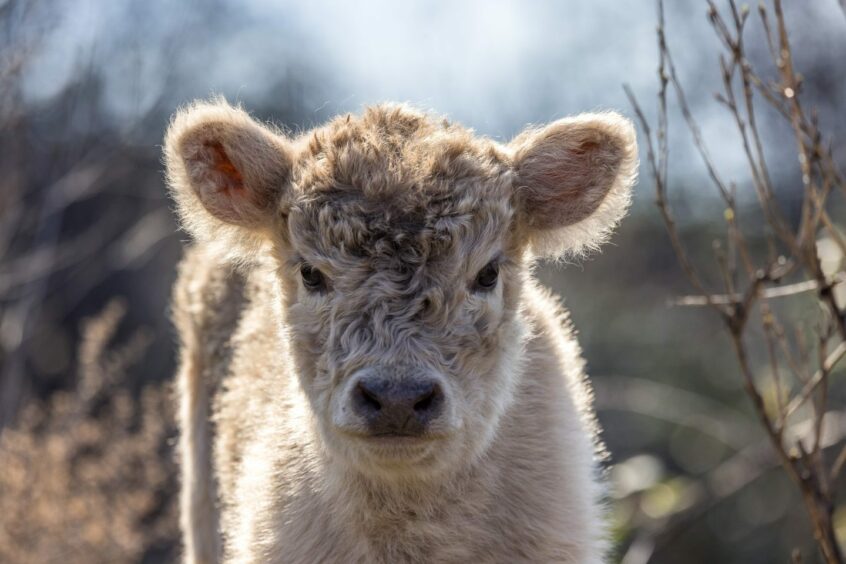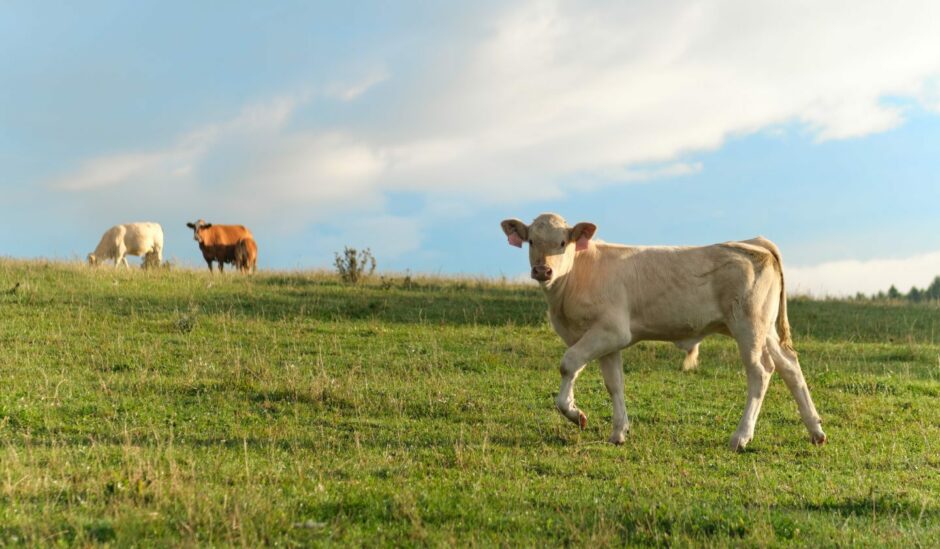This spring, farmers across Scotland are being urged to take steps to protect their livestock from the dangers of lead poisoning.
-
Some Press and Journal online content is funded by outside parties. The revenue from this helps to sustain our independent news gathering. You will always know if you are reading paid-for material as it will be clearly labelled as “Partnership” on the site and on social media channels.
This can take two different forms.
“Presented by”
This means the content has been paid for and produced by the named advertiser.
“In partnership with”
This means the content has been paid for and approved by the named advertiser but written and edited by our own commercial content team.
Farmers know that their duty of care of livestock is an important one. More than just “cash cows”, farmers and handlers have a responsibility to ensure their welfare as they make their way to the food chain. When there is an on-farm incident such as lead poisoning, the effects can be devastating and can lead to a number of issues, including financial loss.
How does on-farm lead poisoning occur?
Food Standards Scotland (FSS) is reinforcing its on-farm messaging concerning livestock in relation to on-farm incidents. FSS is now offering support to the industry to prevent livestock from becoming ill and protecting public health from the harmful effects of lead poisoning. Over half of the on-farm incidents reported to FSS are related to lead poisoning.
In the spring months, livestock are turned out to pasture for the first time. Due to their inquisitive nature, these animals are at a higher risk of poisoning.
Discarded materials around farmland, including car and electric fence batteries, can have deadly consequences to animals if ingested.
Lead poisoning in cattle and livestock can have a knock-on effect on the food chain. Lead and harmful materials can contaminate products such as meat, offal and milk, making it unsafe and illegal to sell.
Newmachar farmer suffers tragic loss from on-farm lead poisoning in cattle
Newmachar farmer Grant Jolly is all too familiar with the devastation lead poisoning can have on livestock. During July 2022, three of Grant’s cattle suddenly and without warning, became very ill.
Sadly, one cow died. Afterwards, Grant conducted a sweep of the entire farm and found the likely culprit – an old battery. Grant described the incident:
“The battery that was found was very old and only a small part was sticking out from the ground.
“Luckily I found it.”
Grant has urged farmers to search their land and pastures for old batteries before the cattle are turned out this spring. For Grant, the outcome of an on-farm lead poisoning incident was devastating. He said: “Losing one of my cattle in such a way has been a nightmare and resulted in significant financial costs. ”
On-farm lead poisoning happens almost always in the spring months when cattle venture into the pastures some for the very first time. The effects of lead poisoning are extremely distressing and can be fatal.
Vet Graham Fowlie located near Oldmeldrum, said: “Rapid onset blindness means the cattle end up drowning in ditches and get stuck in fences… Once the animals show symptoms, death often follows quickly. It’s fairly traumatic stuff.”
Furthermore, the financial impact of on-farm lead poisoning can take a toll on farmers. Stuart McAdam, Head of Incidents at FSS, said: “Contaminated meat, offal and milk containing lead at levels above legal limits is unsafe and illegal to sell. In addition, there is a minimum 16-week withdrawal period which can cause delays across supply chain and incur costs for testing.”
Signs of lead poisoning in livestock
If you suspect any of your livestock are suffering from lead poisoning because they are showing these symptoms, contact a vet immediately.
- Sudden death
- Blindness
- Muscle tremors and twitches
- Abnormal behaviour such as bellowing or teeth grinding
- Seizures
- Salivation
- Constipation or diarrhoea
Chronic/later symptoms include:
- Anaemia
- Lameness
- Foetal deformities
- Infertility
Common sources of lead poisoning on farms
Lead poisoning on farms can come from a variety of discarded materials and objects, including any of the following:
- Electric fencing batteries
- Burnt-out cars
- Bonfire ash containing lead items
- Lead flashing
- Flaking lead paint
- Lead piping
- Lead is found in the soil in some areas of Scotland
- Old lead mine workings
Protect your farm animals from lead poisoning
Before you turn out your cattle to pasture for the first time, it is imperative to identify and remove any source of lead, like discarded batteries, that can be accessed by livestock. Keep animals away from bonfire ash, lead piping, and flashing as these can often contain harmful substances.
Importantly, farmers must keep an eye out for fly tipping, as this is a primary source of harmful discarded objects that may contain lead. Anyone with any information on fly tipping should contact Police Scotland or their local authority to report accordingly.
For the most part, natural lead levels in soil are low in farms across Scotland and lead poisoning from grazing is unlikely. However in some areas, e.g. near old mine workings, levels may be higher, so it is important for farmers to check and be sure animals do not graze pasture too short.
Learn more about the dangers of on-farm lead poisoning and how you can protect your livestock today.


